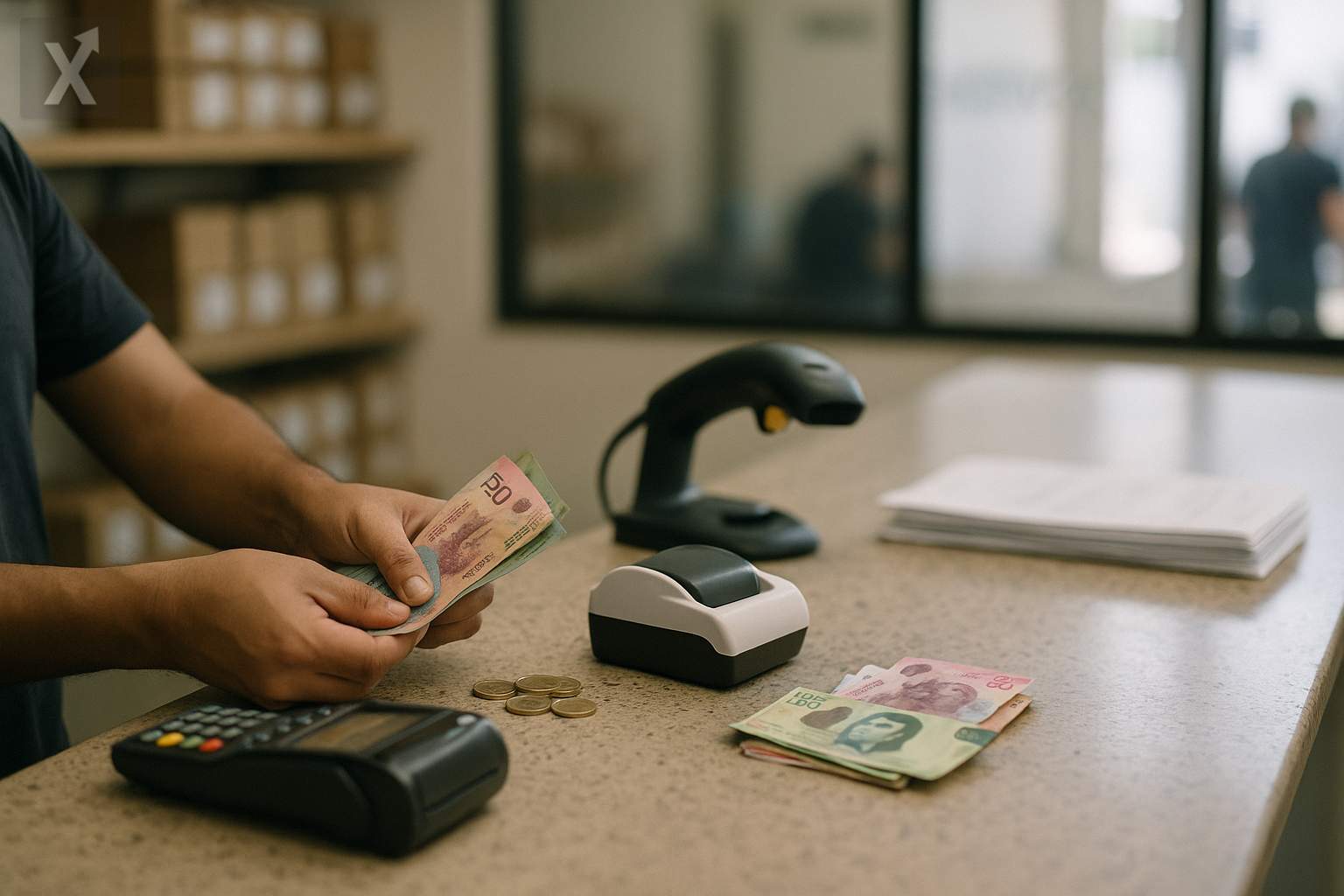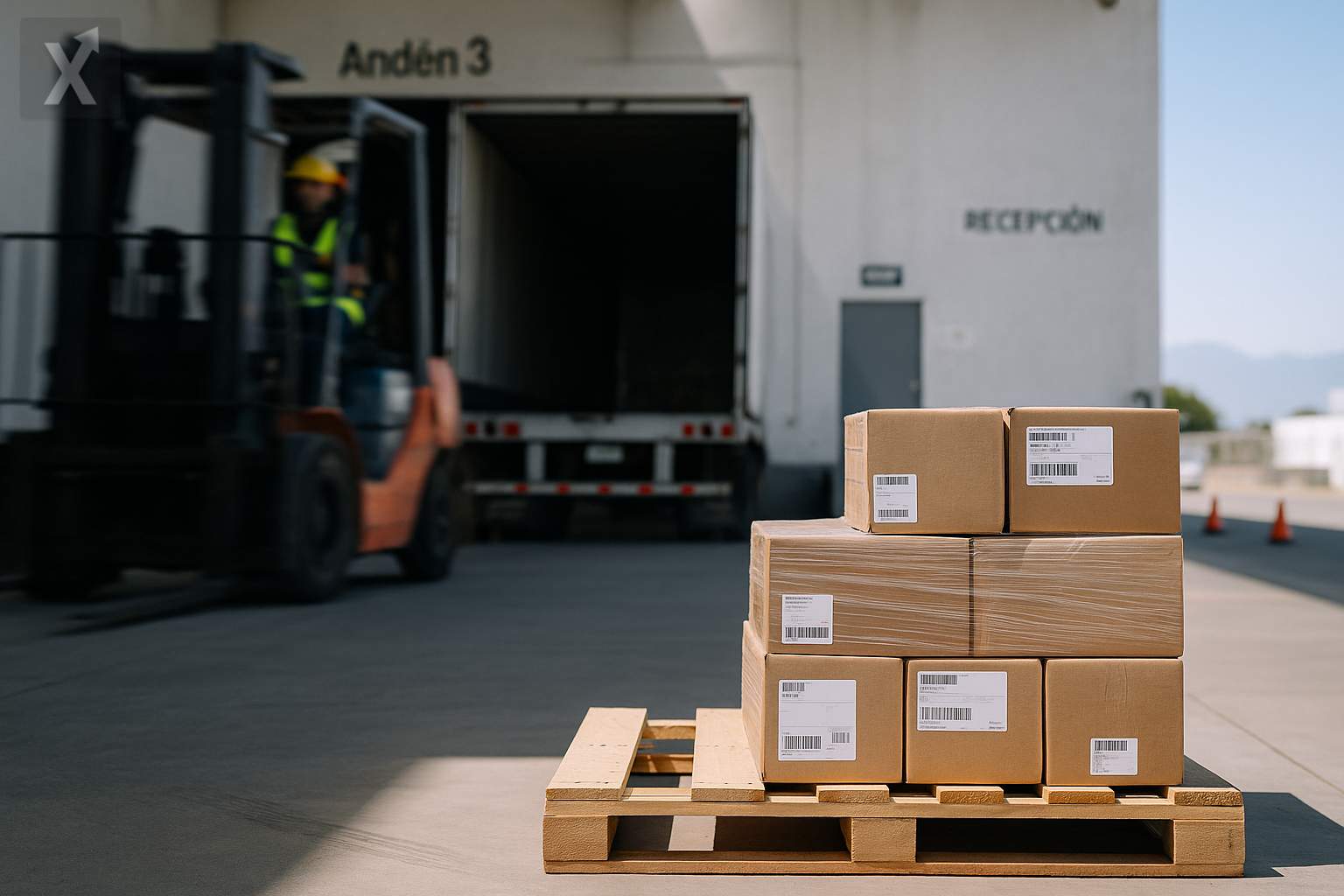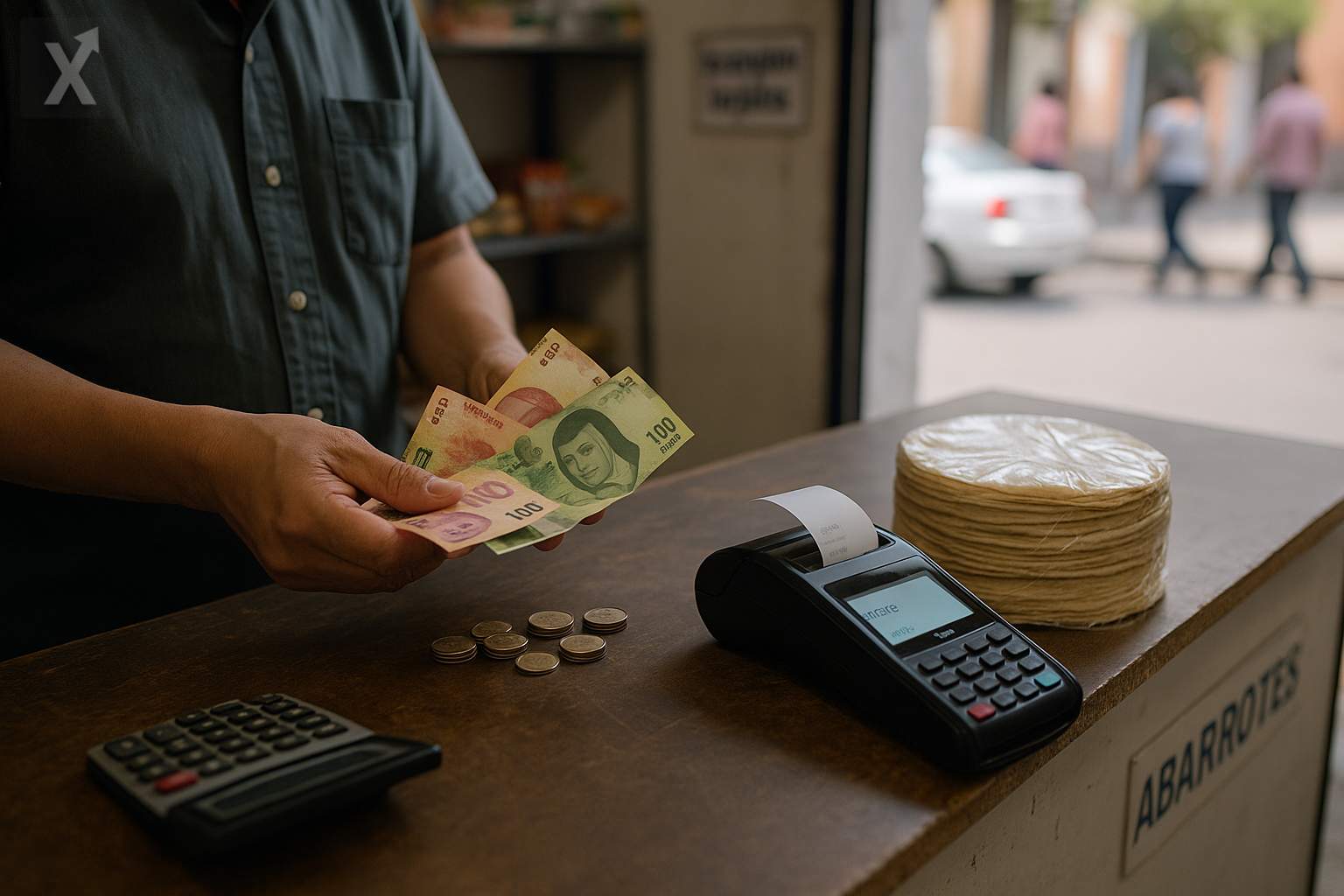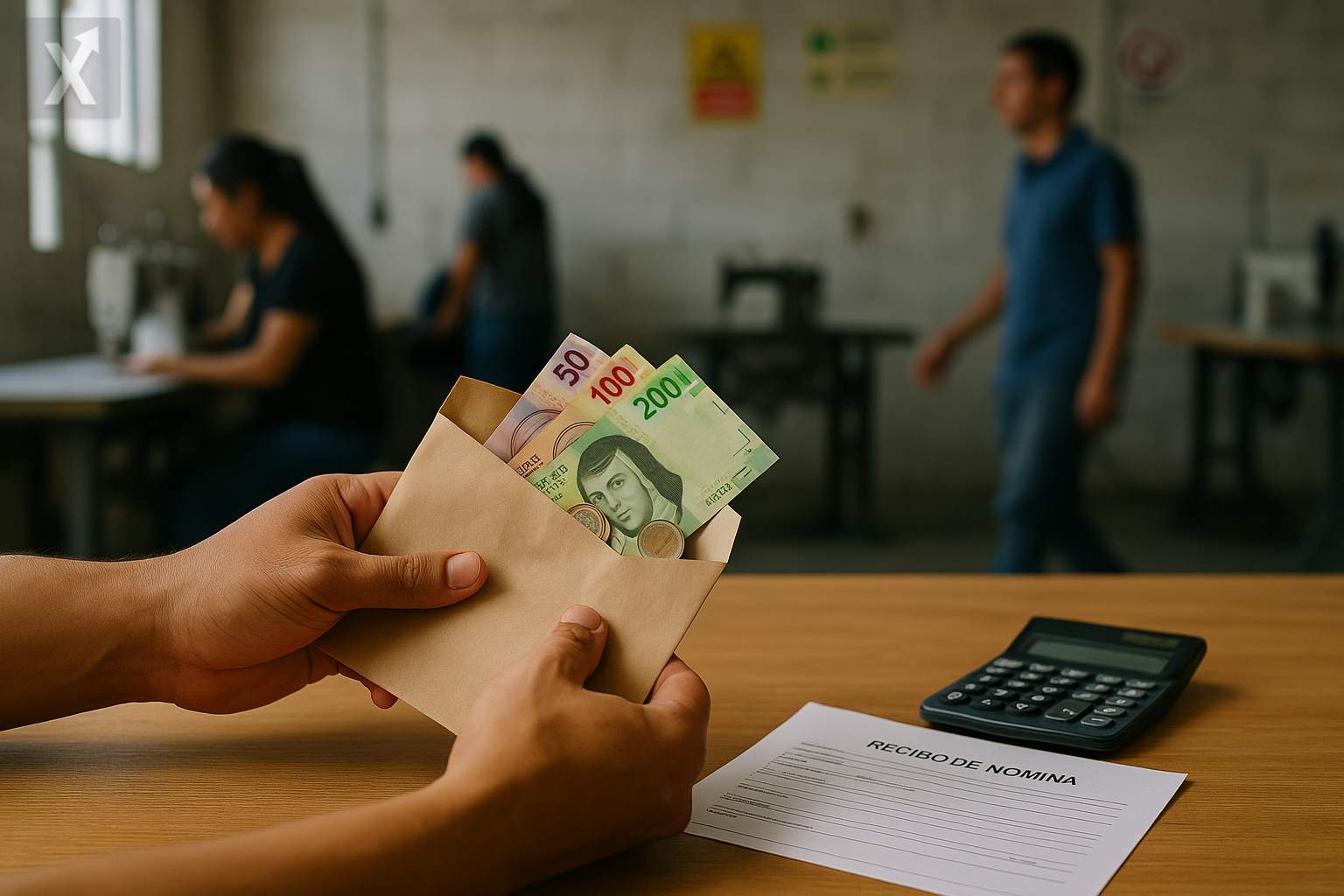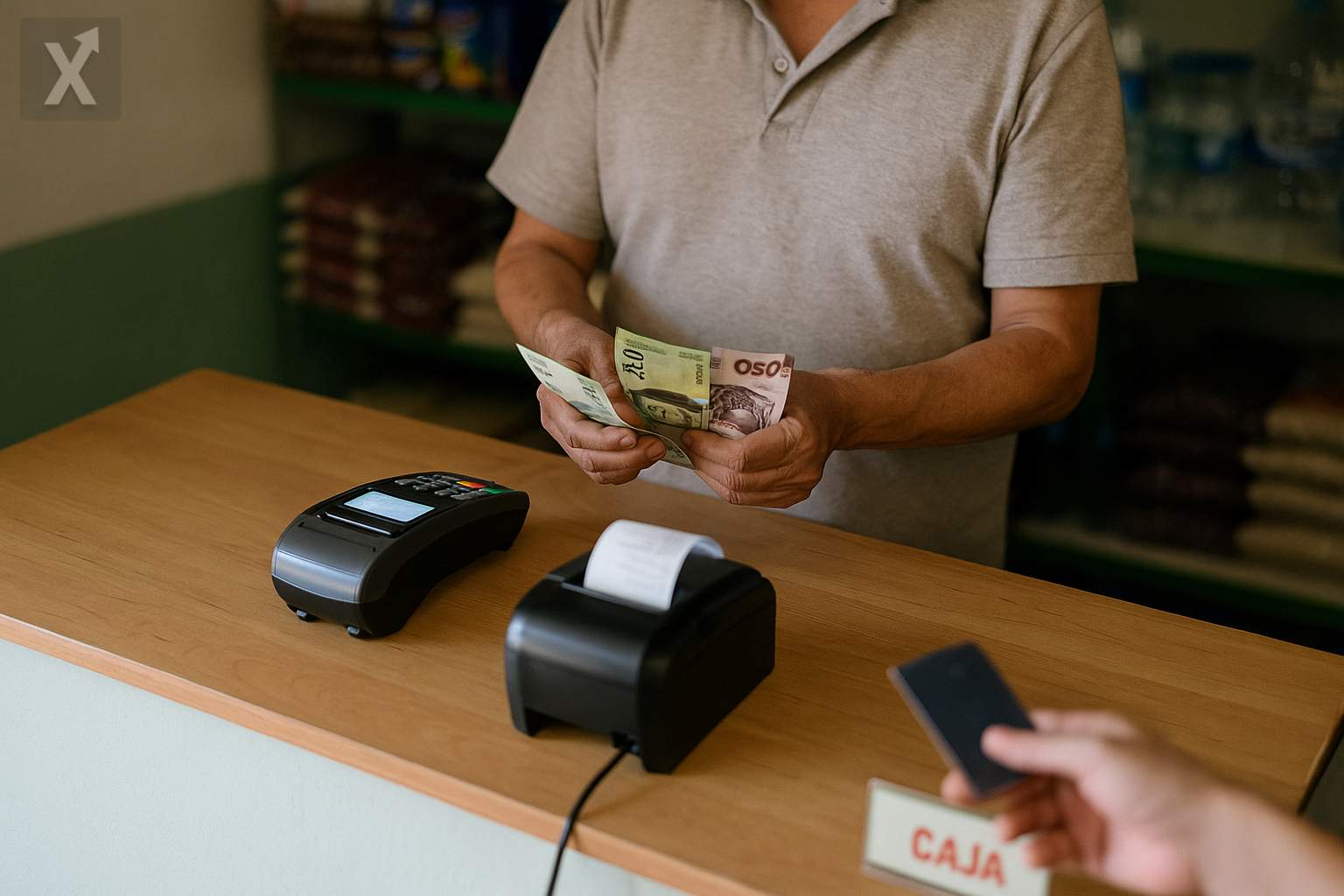Mexico Adjusts Its Financial Framework to Attract Investment and Maintain Stability Amid High Interest Rates
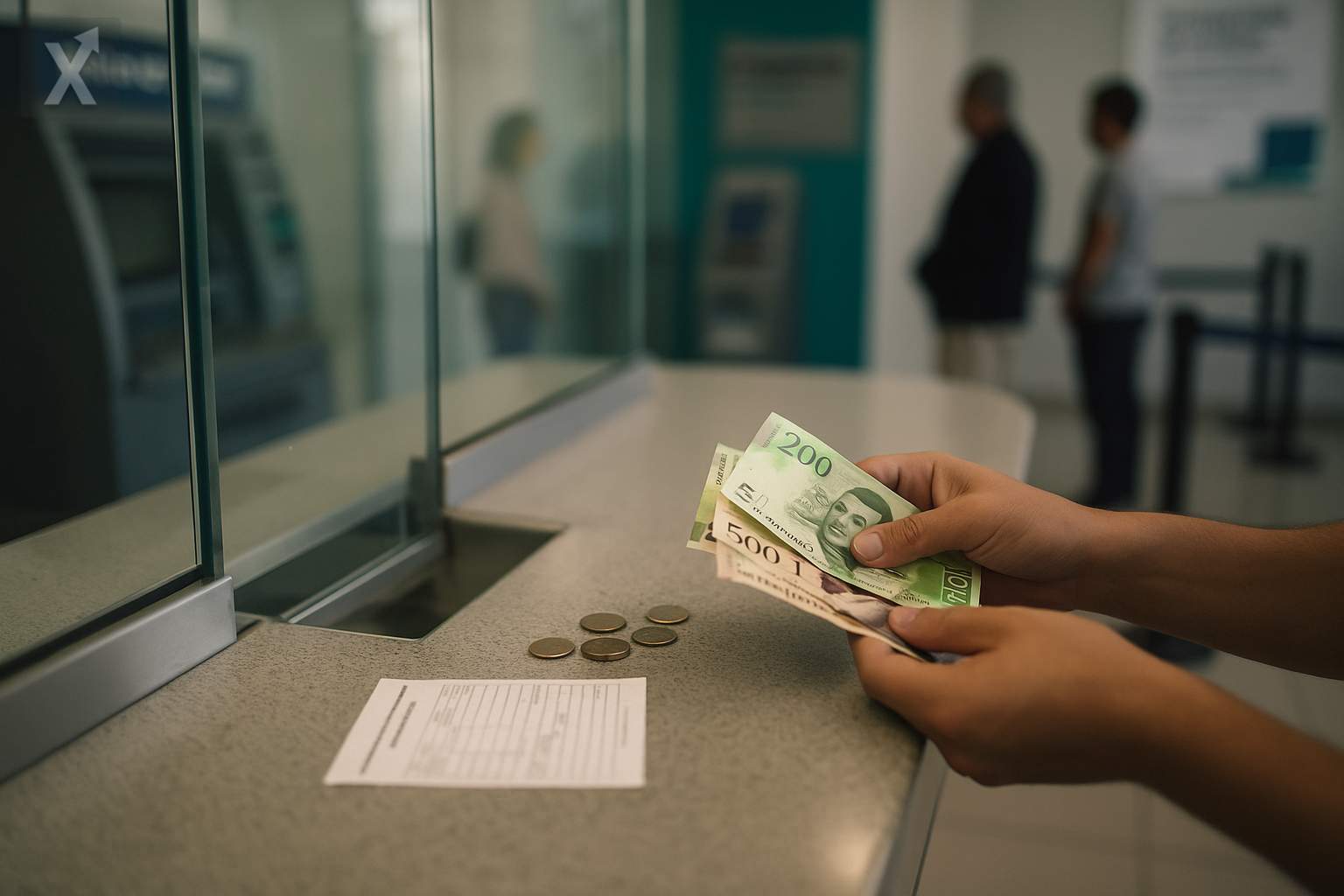
Mexico is going through a phase of regulatory and operational adjustments aimed at better channeling domestic savings into productive projects, while keeping its focus on macro-financial stability. In an environment characterized by still-high interest rates, gradual disinflation, and episodes of exchange rate volatility, both authorities and the private sector have focused efforts on strengthening investment governance, diversifying funding sources, and modernizing market rules in order to capitalize on the nearshoring trend and close infrastructure gaps.
The banking system remains sound and liquid, with capitalization levels above prudential standards and contained delinquency rates. Oversight by the CNBV (National Banking and Securities Commission) and monetary policy conducted by the Bank of Mexico have prioritized prudent risk management, which has allowed credit to grow more selectively in areas like consumer and housing loans, while companies with better credit ratings have increasingly turned to the local debt market to refinance liabilities and fund expansion. Peso liquidity remains deep at the shorter end of the curve, although financial costs remain high for longer terms.
Pension funds (Afores) now manage more than 6 trillion pesos and have become a key anchor for long-term financing. Following the transition to generational Siefores and the gradual opening to local alternative assets, efforts have been made to broaden the investment menu towards instruments that drive infrastructure, rental housing, logistics, and energy, with greater emphasis on corporate governance, fee transparency, and risk measurement. The priority is to balance real returns for workers with a pipeline of better-structured projects and verifiable impact metrics.
On the capital markets front, updates to the listing and investment vehicle framework aim to revitalize IPOs and streamline the issuance of debt and equity for mid-sized companies. The country has proven instruments—such as Fibras, CKDs, and CERPIs—that have financed industrial parks and real estate projects, and which could now play a bigger role if procedures are simplified, disclosure is strengthened, and institutional investor participation is incentivized. The depth and liquidity of the stock market remain structural challenges, but there are signs of revival in local currency thematic and sustainable bond issuances.
On the fiscal front, recent years have seen a combination of countercyclical spending and a commitment to gradual consolidation. The Ministry of Finance has reiterated that the medium-term anchor is to keep public debt around half of GDP and to maintain country risk at a contained level. Support for strategic state-owned enterprises, particularly in the energy sector, is being evaluated more closely to protect the sovereign credit profile. Rating agencies continue to give Mexico investment-grade status with a stable outlook, but they are closely monitoring the deficit trajectory, project execution capacity, and the rule of law as key factors for investment.
As for monetary policy, Banxico has chosen a gradual normalization as headline inflation slowly converges toward its 3% goal, with special attention to core inflation persistence and supply shocks. The policy rate remains in restrictive territory and the central bank has reiterated that any rate cuts will depend on evidence regarding inflation and expectations. The exchange rate, supported by a strong external position and portfolio as well as productive investment inflows, has shown volatility episodes linked to the global cycle and the political calendar, but without persistent market dislocations.
The manufacturing relocation trend continues to drive a robust flow of investment announcements and demand for industrial space, especially in the north and the Bajío region. To translate announcements into real installed capacity, public and private agendas are focused on expanding and modernizing electrical grids, ensuring water supply, streamlining permits, and improving logistics connectivity. Development banks have ramped up their catalytic role with guarantees and syndicated loans, while states are competing for projects through industrial parks with environmental certifications and co-investment schemes.
Looking ahead, Mexico’s macroeconomic stability will continue to rest on three pillars: credible fiscal discipline, monetary policy focused on anchoring expectations, and clear rules that encourage productive investment. Deepening the capital market, further professionalizing institutional investment governance, and unblocking infrastructure bottlenecks will be crucial to raising productivity and sustaining potential growth.
In short, the country has made progress in strengthening its financial architecture and channeling domestic savings into strategic sectors, but the challenge remains to turn the nearshoring opportunity into effective, long-term investment. The combination of macroprudence, regulatory certainty, and successful project execution will be the key differentiator in 2025.

